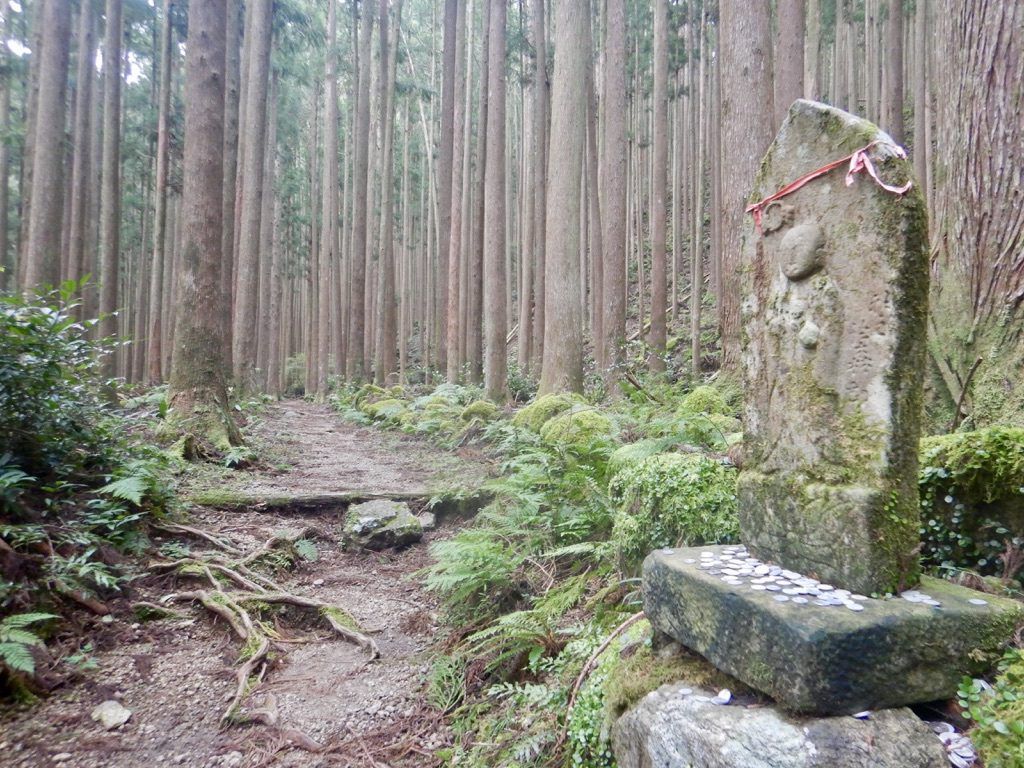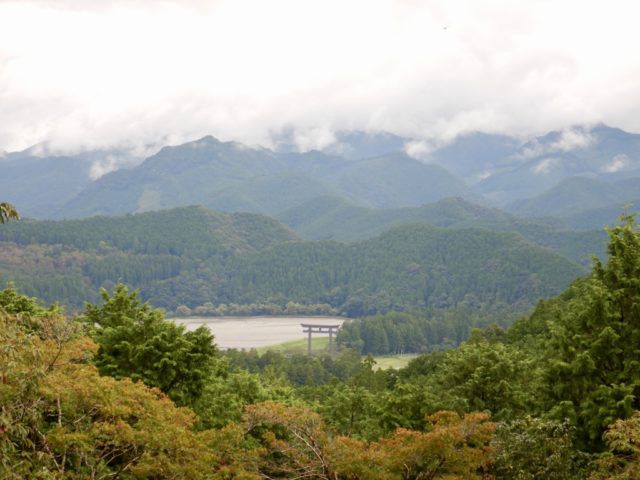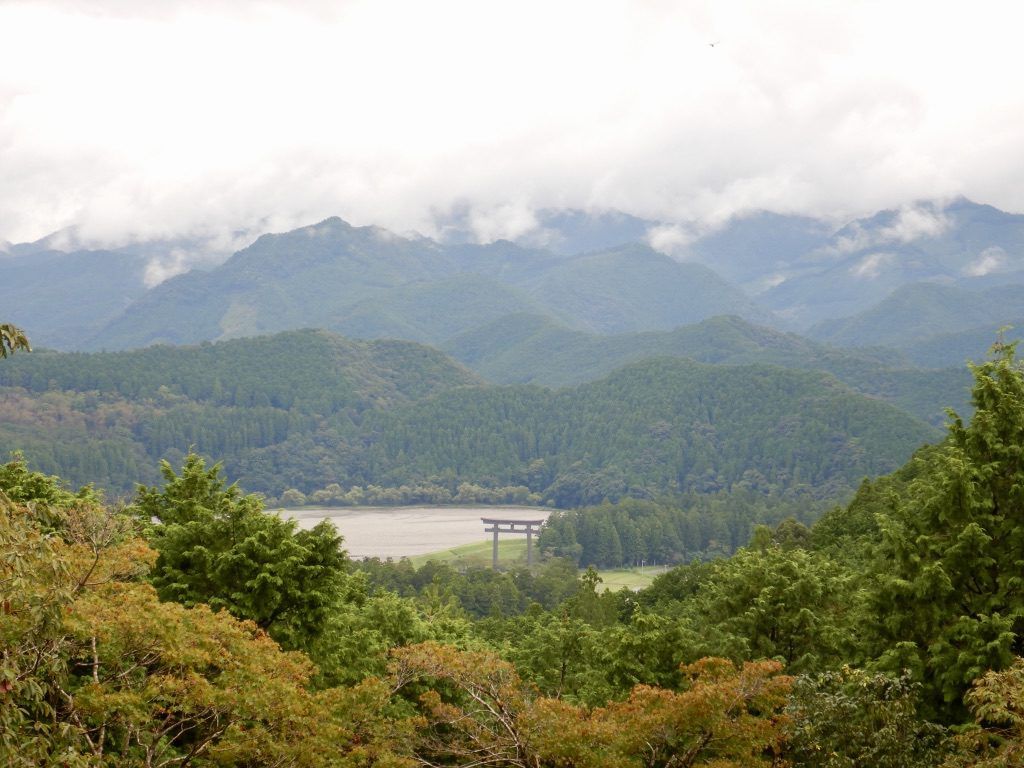“While hiking the Kumano Kodo pilgrimage route in one of the most scenic areas in Japan, a visitor starts to learn the local customs and get lessons in cherishing every gathering: “Ichi-go Ichi-e.”
With each footstep, I could hear the water whoosh from within my boots. Since daybreak, I had been walking amongst the dense, Japanese cedar forest of the Kumano Kodo. Thousands of steps passing thousands of trees caused a meditative Zen state, in spite of inclement weather. As I neared the highest point of the day’s hike, the clouds parted just enough to reveal the Hongu Valley and the Oyunohara Torri Gate. I set my sights on where I would spend the night and hopefully dry out my boots.
This was day two of my adventure on the Kii Peninsula. I had never been to Japan. I could barely eat with chopsticks. All the Japanese I knew was from martial art films. To say that I was naive about Japanese culture would be an understatement but that did have an upside, I arrived without expectations.
The Path of Emperors

I embarked on this journey knowing that it would test me fully as any great adventure should. The impulse to do the ancient pilgrimage trail was to celebrate life. Ten years prior, I had nearly died from a tree limb breaking my neck. Honoring my second chance on life, I decided to set out on a pilgrimage that was once only for emperors, beneath countless trees.
That soggy afternoon as I entered my ryokan (BnB), a wave of embarrassment hit me as I realized I must take off my boots displaying my wet, muddy socks to the female owner and hostess. I reluctantly took off my socks and hid them in my backpack before placing my prunish feet into the house slippers provided. As I was escorted to my room with tatami mats (traditional Japanese straw mats not to be walked upon with shoes nor house slippers), she instructed me to take off my slippers and dawn a yukata—a house robe or casual kimono.
Of course, I was happy to get rid of my hiking clothes that had served me well for fifteen miles, but a beer and a shower were at the top of my to-do list. Before leaving me to change and get settled, the hostess reminded me that the onsen (thermal baths area) was open until 10 pm.
Onsen 101

Although my feet certainly couldn’t become more wrinkled, my calves, lower back, and shoulders could use a hot soak. Dressed in my robe, I set out for the hot baths. There were two entrances, one for men and one for women, each marked with Japanese characters in different colors, red and blue. I somehow correctly selected the women’s locker room with red lettering where I would place my slippers, yukata, and towel in a small cubby.
To read about my onsen experience and the rest of the article featured in Perceptive Travel, click here.
To adventure Japan with me to do the Kumano Kodo, you’ll have to wait as the May 2020 trip has been canceled per the Corona Virus.






